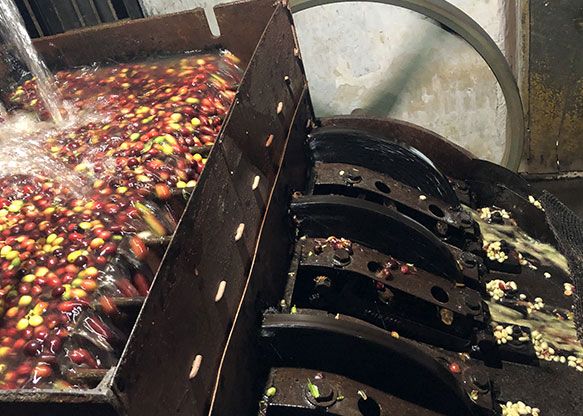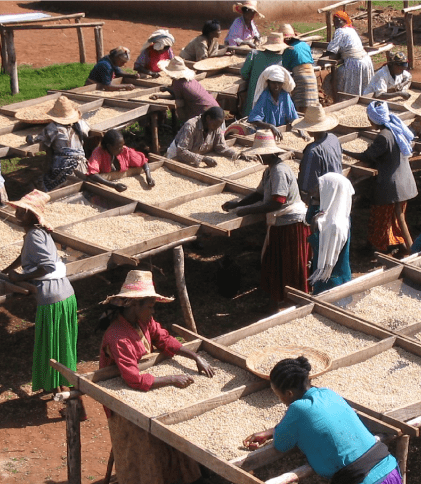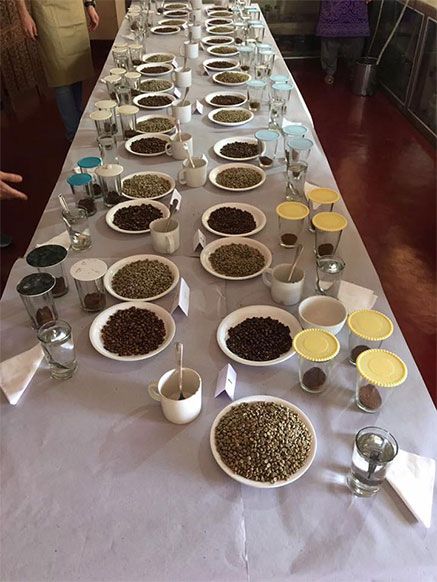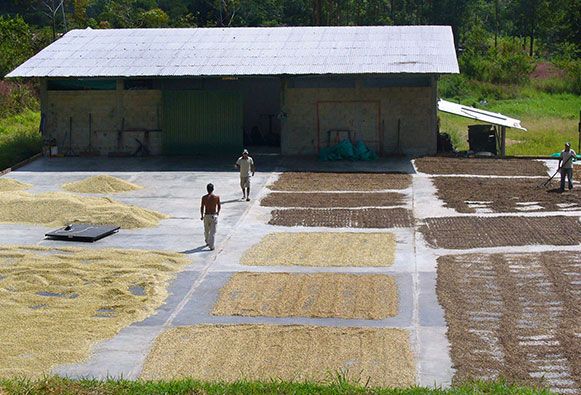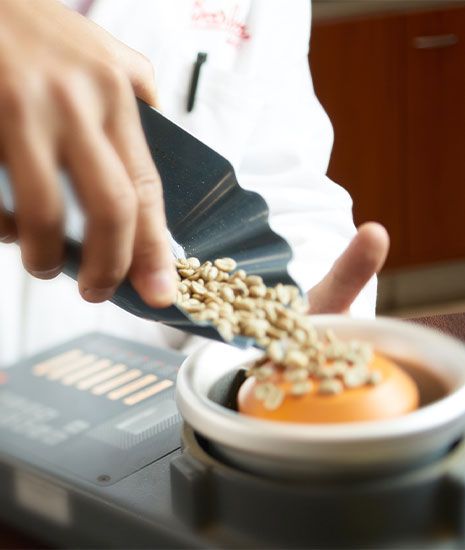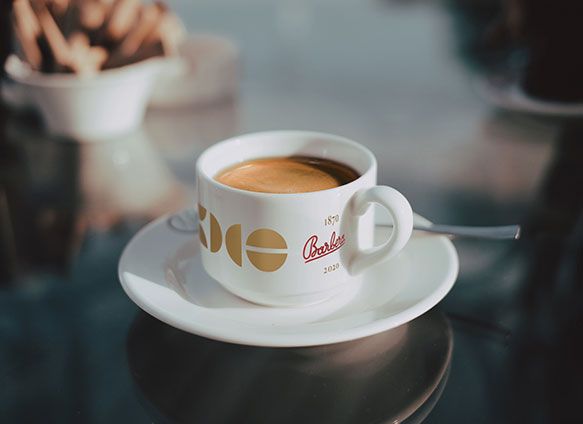Coffee from A to Z
Working the Coffee
THE COFFEE PLANT
The coffee plant originates from the region of Caffa in Ethiopia. Some say that the name derives from this very geographical area, others maintain that the semantic origin is the Arab word “qahwa”, which means wine.
Today, the largest producer of coffee is Brazil. The plant is a member of the family Rubiaceae, coffea genus, which includes around 90 species. The three most important for economic purposes are: Coffea Arabica, Coffea Canephora (also called Coffea Robusta) and Coffea Liberica, with the latter being rarely used. The coffee plant is an evergreen and grows in countries between the Tropic of Cancer and the Tropic of Capricorn. Plants can grow as high as 10 meters, but they are usually pruned to a height of around 2 meters to facilitate harvesting. Small white flowers grow in clusters and have an intense smell, similar to jasmine. The fruit, a drupe, is similar to a cherry, and contains two seeds or “coffee beans”.
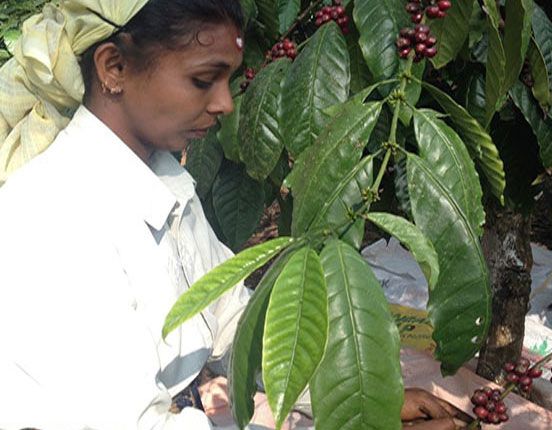
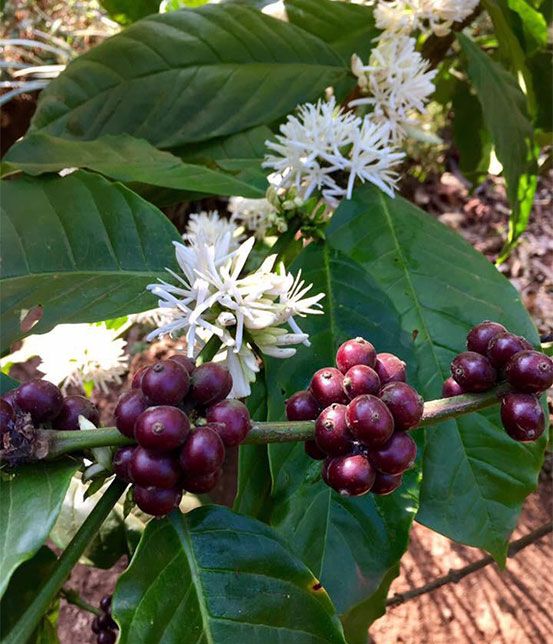
FROM FLOWER TO BEAN
The most ancient and traditional system of coffee growing, shade-grown coffee, is used in both India and parts of Central America: coffee plants grow in the shade of other, taller types which protect them from the direct rays of the sun. In Brazil, instead, the intensive method is used: large plantations of exclusively coffee plants.





